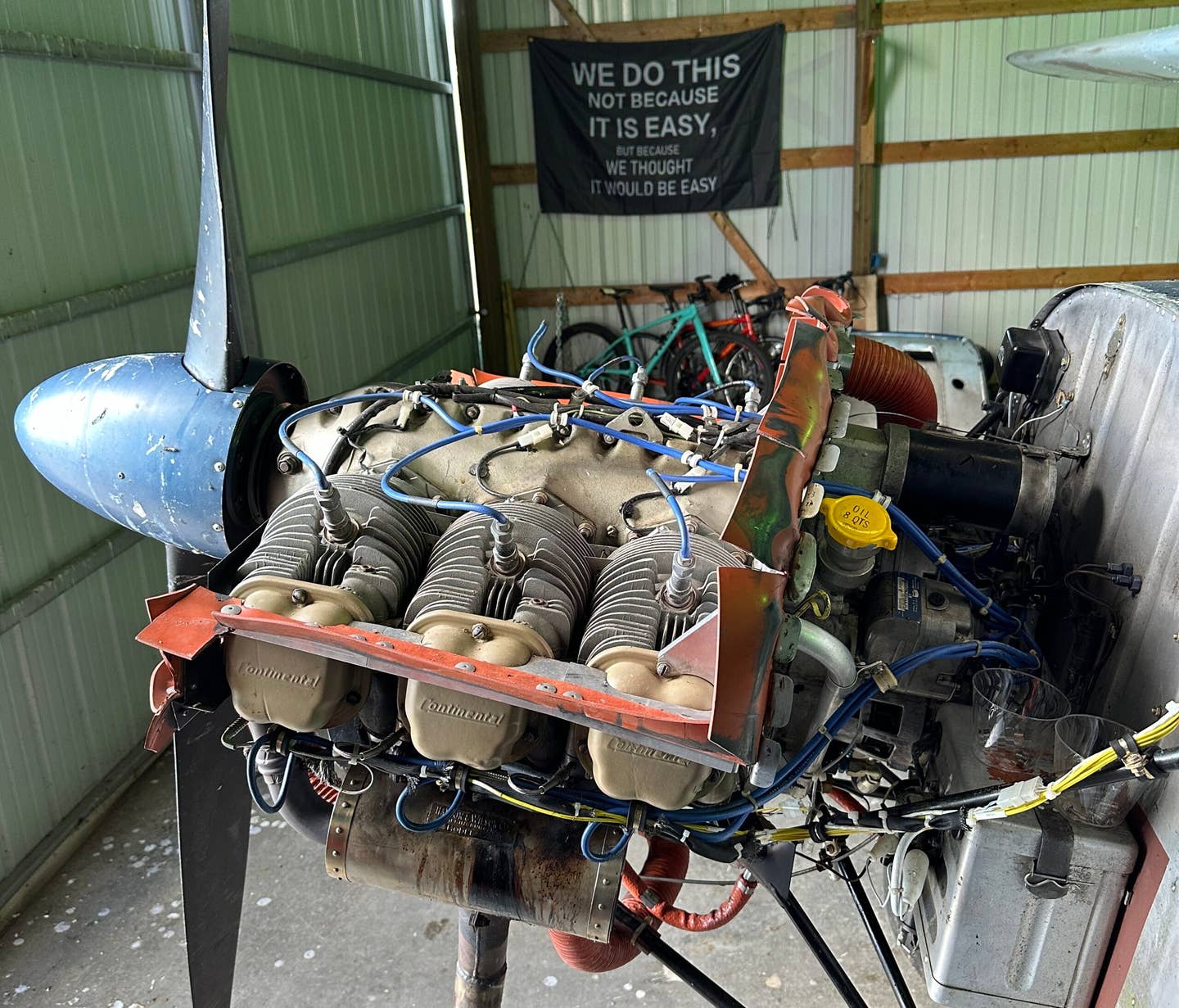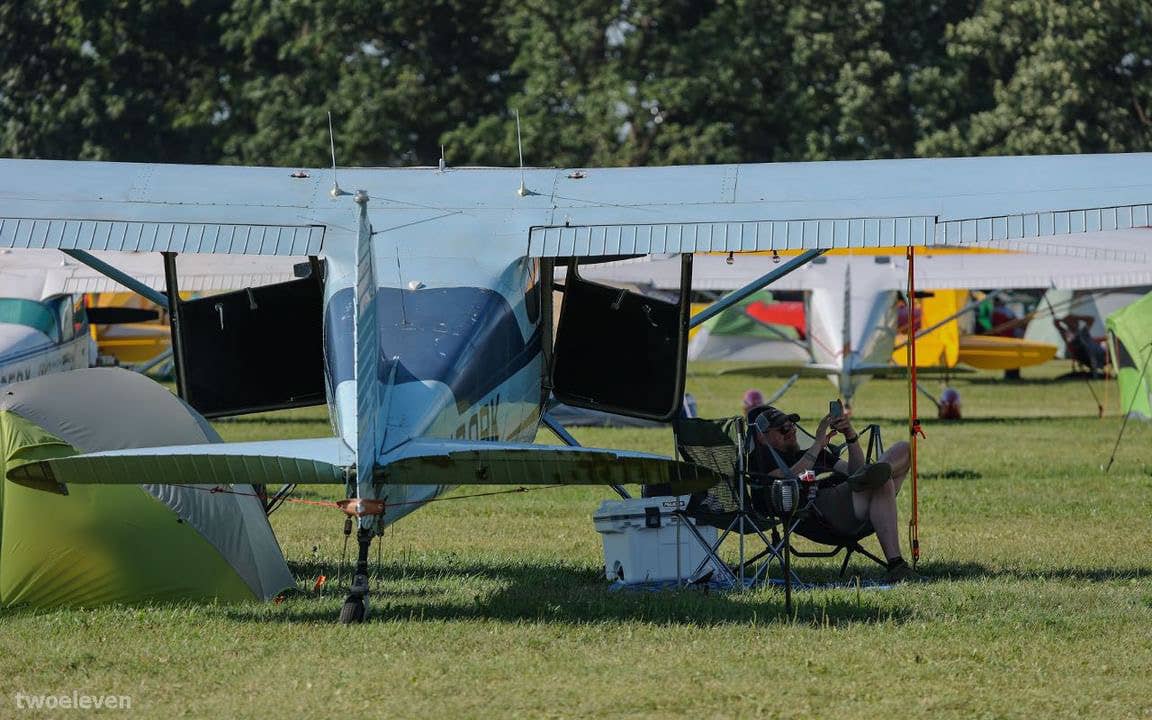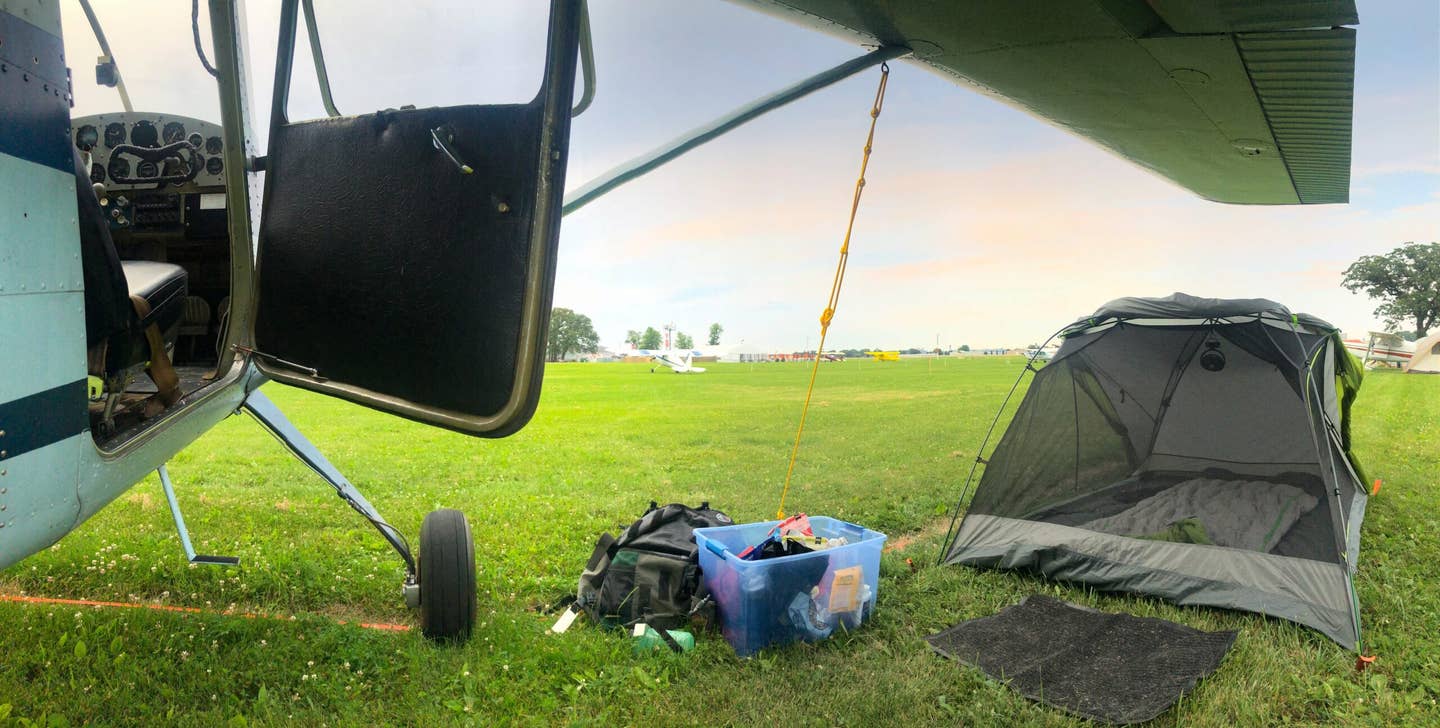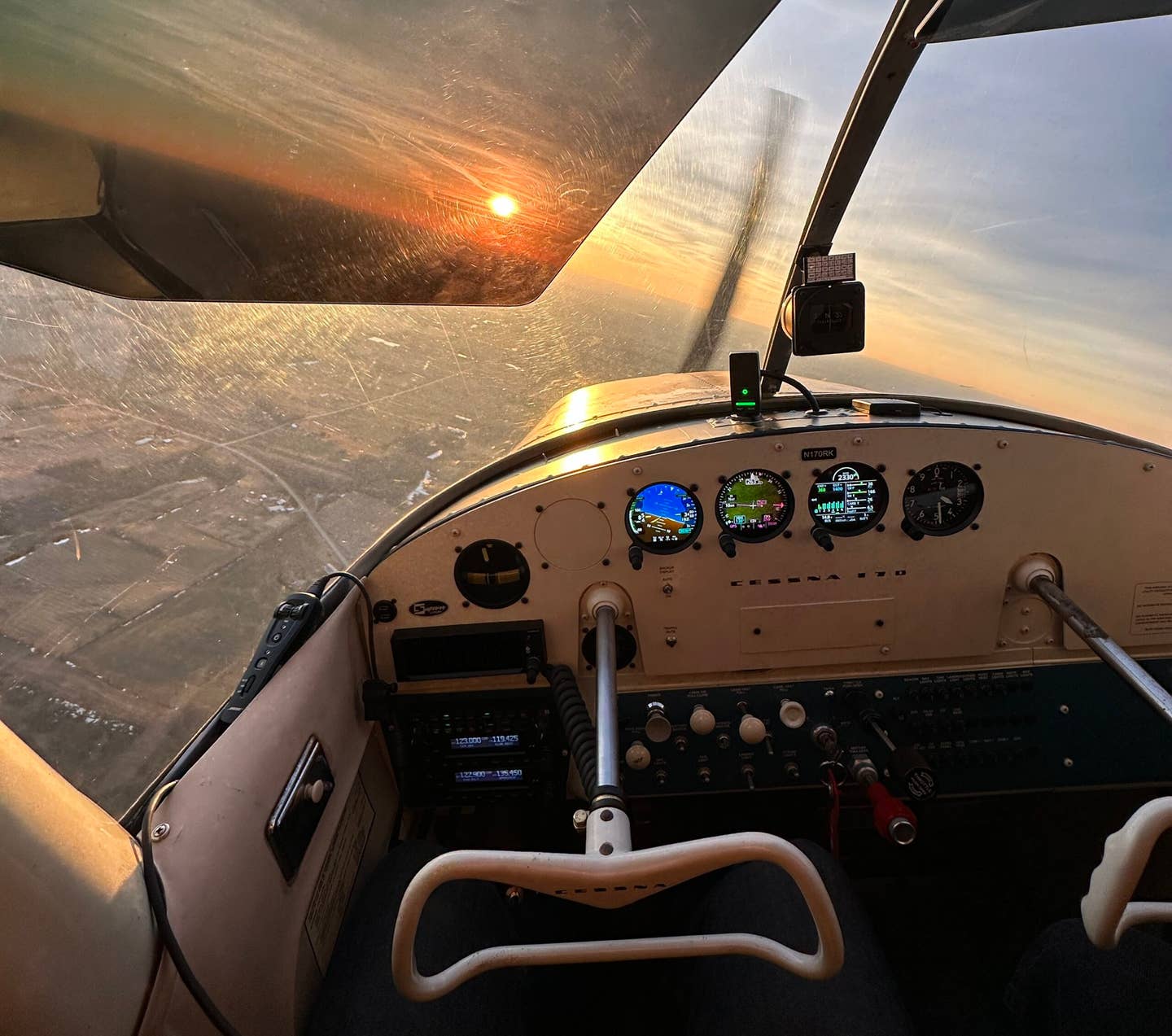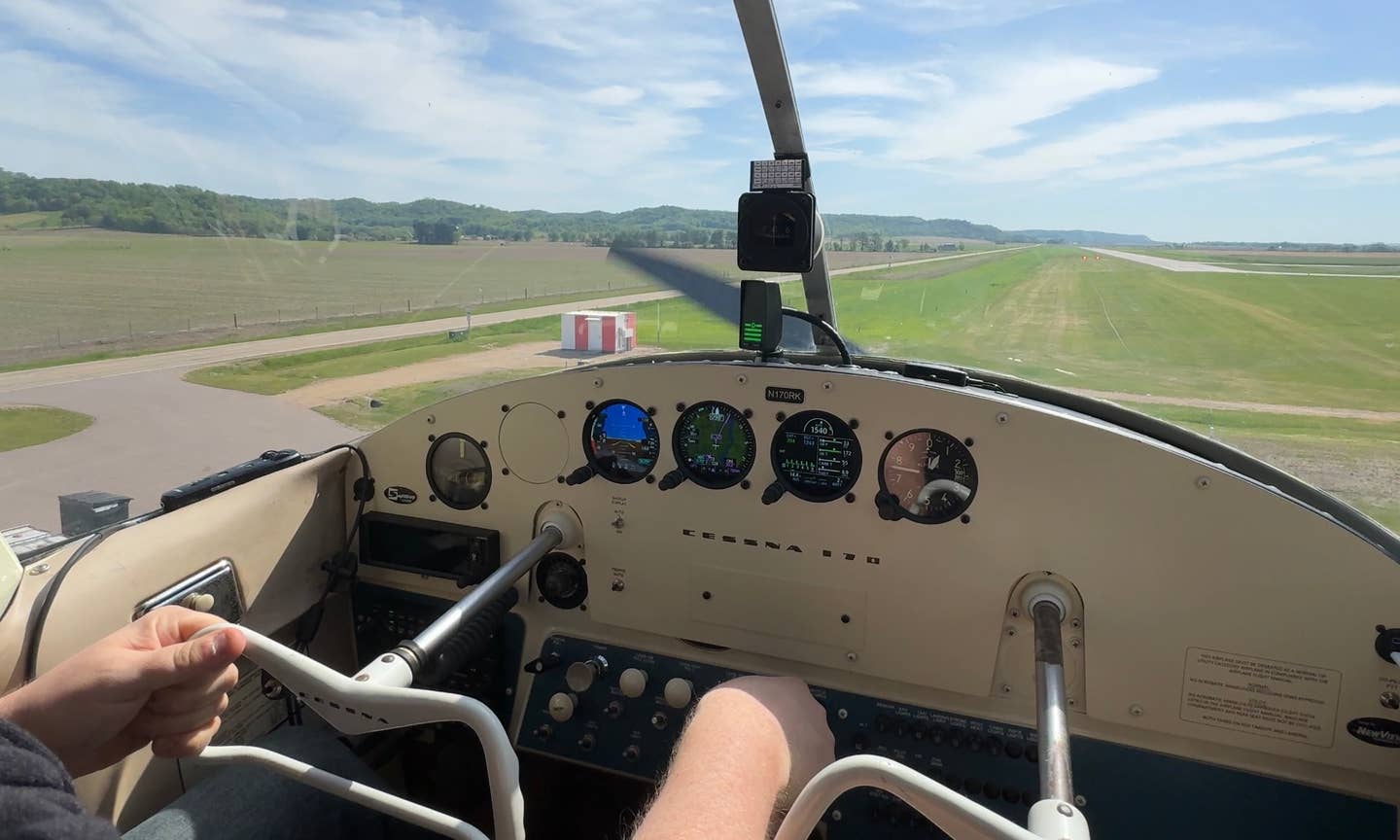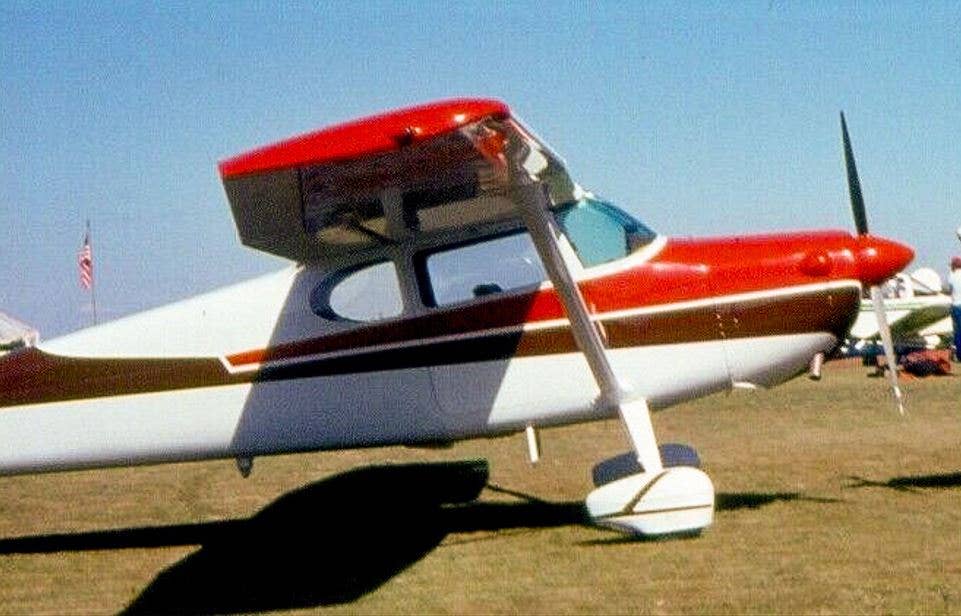The Risks and Rewards of a Shared Hangar
Sharing a hangar comes with plenty of concerns, but also the possibility of finding a like-minded, responsible friend.
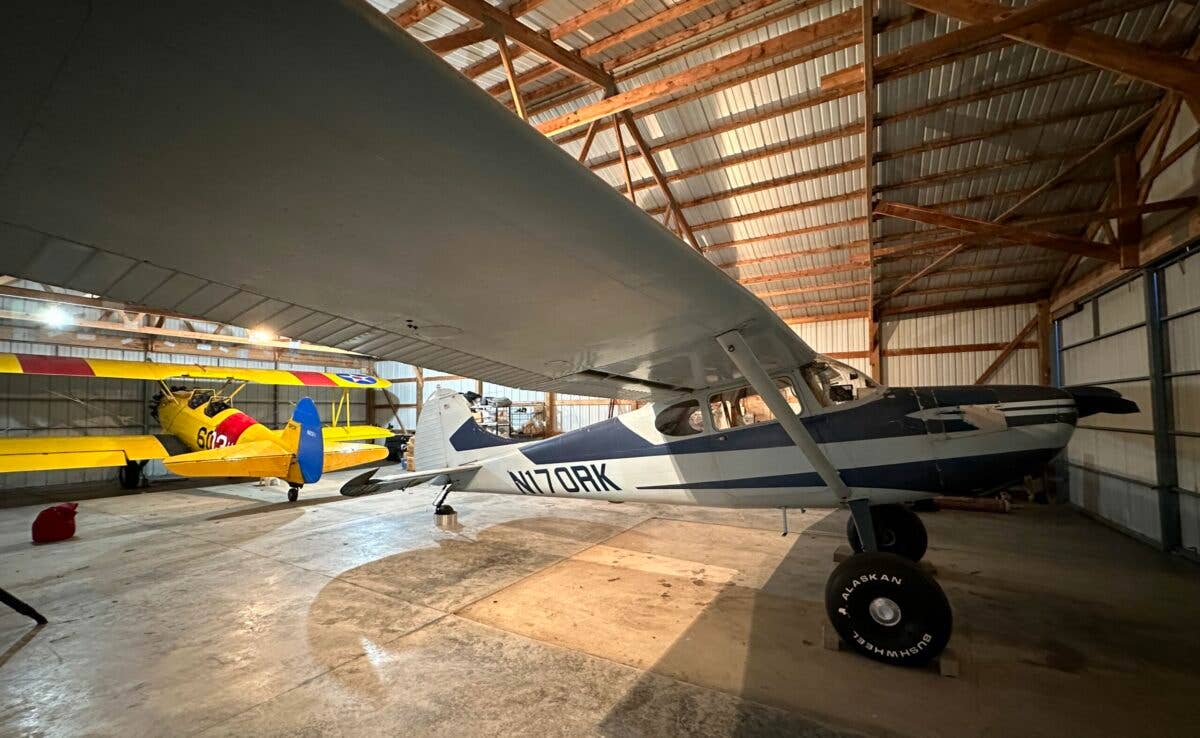
[Courtesy of Jason McDowell]
When I first entered the world of aircraft ownership, I understood there exists a hierarchy of hangar options. The clear and undisputed pinnacle is, of course, a hangar home. In addition to not having to pay monthly hangar rent, this option enables one to wake up on a Saturday morning, brew a cup of coffee, and shuffle out to check on their airplane without even having to put on pants—the stuff of dreams.
On the other end of the hangar spectrum lies open hangars. These provide a roof but lack complete doors or walls, leaving your airplane exposed to wind, snow drifts, and bird droppings. They’re certainly a better option than an outdoor tiedown, but only marginally. This was the first option I could find after buying my airplane, and it sufficed for the first several months.
Somewhere in the middle are shared hangars, and they introduce an entirely new element to consider—the prospect of a hangar mate. It can be a rather unsettling thought. Given the overall scarcity of hangars across much of the U.S., we rarely have the luxury of choosing our hangar mates, and the possibility of providing the general aviation equivalent of Cousin Eddie with access to our beloved airplanes is a chilling thought indeed.
- READ MORE: Finding the Perfect Hangar Isn’t So Easy
I have, over the past couple of years, utilized two forms of shared hangars—community hangars in which one’s airplane is moved and shuffled around with multiple others in a manner not unlike musical chairs. It’s anyone’s guess who might be moving your airplane around, and it’s anyone’s guess whether that individual might be preoccupied with texting their friends when they should be monitoring wingtip clearance. You never know what surprises might await on your next preflight, and it’s not comforting.
Fortunately, I was only stuck in a community hangar for a short time. Since then, I’ve been based at an airfield with hangars that each hold two airplanes, parked tail-to-tail. Each hangar has doors on each side and is completely open inside, with no separation between the two airplanes. This arrangement has been far superior to any community hangar, but it’s still luck of the draw when it comes to with whom you will have to share the hangar.
Going into it, therefore, was a leap of faith. Would I wind up with a pleasant, responsible individual I wouldn’t have to worry about? Or would I be paired with an unstable individual who has filled their side of the hangar with obnoxious political flags and broken-down boats—and has multiple felony warrants?
I was concerned about this. As the space is shared, you can expect to interact with your hangar mate regularly, and as I’ve come to learn, winding up with a good one improves the overall ownership experience immensely. Heading out to your hangar should be something you eagerly anticipate, not something you dread.
I met my first hangar mate, Dave, through a mutual friend. I was searching for a home for my airplane and a temporary home for myself. He explained that he and his wife were renting both spots in their hangar, but they were about to sell one of the airplanes, and one spot would soon become available. He also mentioned in passing that he and his wife were planning to live out of state for the summer.
When this kind of opportunity knocks, you answer. Before I knew it, I’d agreed to rent both their second hangar spot and their nearby condo in a package deal. And while I grew very fond of and became friends with Dave, his near-total absence made it seem like I had the hangar to myself. It was a pretty sweet setup; I didn’t take it for granted.
The arrangement offered another benefit. Having been an aircraft owner for decades, Dave had, over the years, collected just about everything one might need in the way of supplies and equipment, from an air compressor and a nice ladder to a refrigerator and comfy chairs. I, on the other hand, offered absolutely nothing of benefit to Dave except for a trustworthy set of eyes and a willingness to help keep watch over his airplane. But, the partnership worked well for both parties.
A phone call from Dave on one random Saturday shook me out of my hangar Shangri-la. He decided to sell his remaining airplane, and I’d soon be reentering the frightening world of hangar mate roulette. It was a chilling notion, and once again, visions of Cousin Eddie filled my head, my airplane surrounded by chickens and stray dogs.
I called our mutual friend, Dan, and asked for his advice. As it happened, Dan was looking to sell one of his two airplanes, which would open up half of his hangar. Like me, he had been wondering with whom he’d soon be paired and was fearing the worst. When we learned we needed a good, responsible hangar mate, we decided I’d move into his soon-to-be-vacant spot.
Since then, it’s been an absolute pleasure. Dan’s hangar is filled with random clutter, including an old pop-up camper, a utility trailer, and parts from airplanes neither of us own. But it’s also filled with immensely useful items. Multiple workbenches, for example. A pressure washer. An old garden tractor that’s been converted to a tug. And a truly intimidating walk-behind snowblower that appears to be equipped with a big-block Chevy engine. All nice things to have in rural Wisconsin.
Most importantly, the hangar comes with Dan himself. He’s proven to be a true friend, and we have, on multiple occasions, jumped at the chance to shuttle each other to and from our respective airplanes when faraway maintenance becomes necessary. If I received a call from him at 3 a.m. on a Tuesday, explaining that he’s stranded three states away and needs help, I guess I’d be calling in sick and heading out. The laughs and great conversation on the way back would make it all worthwhile.
I wish there were a way to connect similarly like-minded airplane owners when it becomes necessary to share hangars. Unfortunately, hangars tend to be difficult to come by, and virtually no airports have a web-based system to view and select available hangars, let alone hangar mates. Ultimately, word-of-mouth tends to be the method most commonly used.
The key is to get out there and mingle. Show up to Saturday morning hangar-flying sessions with a box of donuts, immerse yourself in the conversation and culture, and put some feelers out to locate the best options. This way, you can get a read on the vibe of the airport while watching for red flags and people to avoid.
With any luck, you’ll find a like-minded, responsible friend with whom to share a hangar as well as some good conversation and flying experiences. And until you manage to find your dream hangar home, you really can’t ask for much more than that.

Subscribe to Our Newsletter
Get the latest FLYING stories delivered directly to your inbox

